Your cart is currently empty!
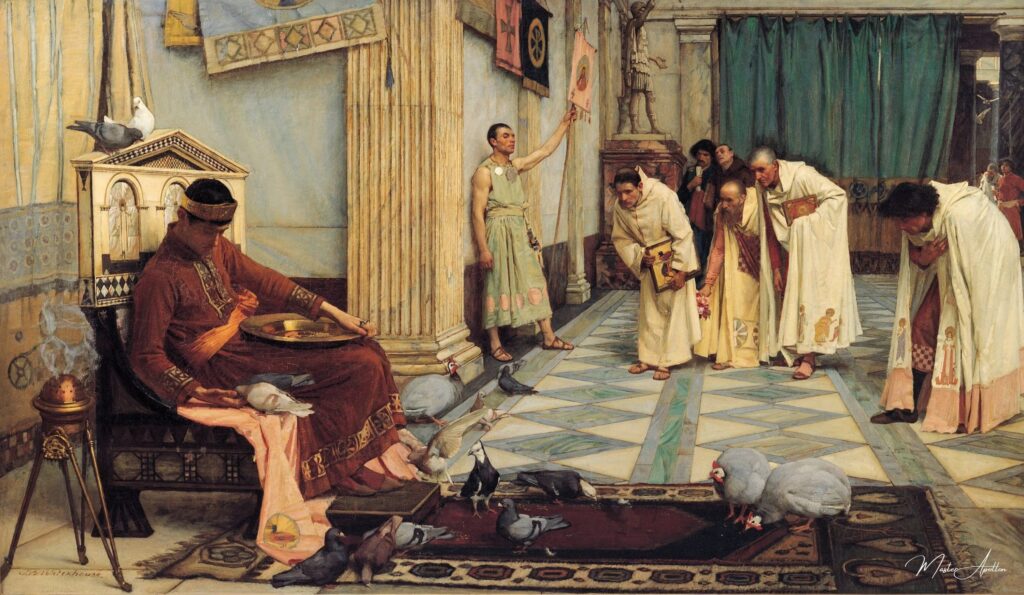
The Favourites of the Emperor Honorius – John William Waterhouse
Immerse yourself in the enchanting world of classical art with our highest quality oil painting reproduction of “The Favourites of the Emperor Honorius” by John William Waterhouse. This exquisite piece captures a moment of serene beauty and poignant emotion, inviting you to step into a realm where history and artistry intertwine.
Each brushstroke is meticulously recreated, reflecting Waterhous…
The Favourites of the Emperor Honorius – John William Waterhouse
John William Waterhouse’s The Favourites of the Emperor Honorius (1883) captures a fascinating moment in Roman history with the artist’s characteristic blend of historical accuracy and romanticism. This painting portrays the Roman Emperor Honorius surrounded not by advisors or military leaders, but by his “favorites”—a group of doves. This unusual and intimate scene highlights Waterhouse’s ability to imbue historical figures with human vulnerability, offering a glimpse into their personal and emotional lives.
In this blog, we will explore the historical context of Emperor Honorius, Waterhouse’s artistic choices, and the themes and symbolism that make this painting a masterpiece.

Historical Context
Emperor Honorius (r. 395–423 AD) is remembered as one of the last emperors of the Western Roman Empire. His reign was marked by turmoil, including the sacking of Rome by the Visigoths in 410 AD, an event that symbolized the decline of Roman power. Honorius’s inability to address these crises effectively led many historians to describe him as a weak and ineffectual ruler.
Despite the political chaos of his time, Honorius had a peculiar fondness for his doves, reportedly giving them more attention than the affairs of state. This eccentric detail, recorded by chroniclers, inspired Waterhouse to depict the emperor in a moment of quiet, personal indulgence.
The Painting
1. The Setting
The scene is set in the imperial palace, rendered in luxurious detail. Marble columns, intricate mosaics, and lavish fabrics create an atmosphere of opulence, contrasting sharply with the perceived weakness of the emperor himself. The backdrop evokes the grandeur of the Roman Empire, even as its foundations crumble.
2. Emperor Honorius
At the center of the composition sits Emperor Honorius, clad in richly adorned robes and a golden crown, signifying his imperial status. However, his posture and expression are far from commanding. Slouched in his throne, he appears disconnected and lost in thought, with a melancholic air. His gaze is directed toward the doves, emphasizing his preoccupation with trivial matters amidst the weighty responsibilities of empire.
3. The Doves
The doves, symbols of peace and innocence, are clustered around the emperor. Waterhouse paints them with meticulous attention to detail, capturing their delicate feathers and serene demeanor. These creatures, cherished by Honorius, serve as a poignant contrast to the chaos and violence of his reign.
Artistic Techniques
1. Color Palette
Waterhouse employs a muted yet luxurious palette, dominated by earthy tones, golds, and deep reds. These colors convey the wealth of the imperial court while also reflecting the subdued mood of the scene.
2. Composition
The emperor’s figure anchors the composition, drawing the viewer’s eye to his interaction with the doves. The surrounding elements—columns, drapery, and background figures—frame the central action without distracting from it.
3. Light and Shadow
Soft, diffused lighting bathes the scene, highlighting the textures of the emperor’s garments and the doves’ feathers. The interplay of light and shadow adds depth to the painting, creating an intimate and contemplative atmosphere.
Themes and Symbolism
1. Eccentricity and Neglect
Honorius’s preoccupation with his doves symbolizes his detachment from the pressing concerns of his empire. The painting subtly critiques his negligence, presenting him as a figure of pathos rather than power.
2. The Fragility of Power
The contrast between the emperor’s regal surroundings and his disengaged demeanor underscores the fragility of imperial authority. The doves, delicate and vulnerable, mirror the state of the empire itself, teetering on the brink of collapse.
3. Peace Amidst Chaos
The doves, traditionally symbols of peace, provide a poignant counterpoint to the violence and upheaval of Honorius’s reign. Their presence suggests a yearning for tranquility, even as the world outside the palace spirals into disorder.
Waterhouse’s Perspective
Through The Favourites of the Emperor Honorius, Waterhouse offers a nuanced portrayal of a historical figure often dismissed as ineffectual. By focusing on an intimate, humanizing moment, the artist invites viewers to consider the complexities of leadership and the burdens of power.
Rather than glorifying Honorius, Waterhouse presents him as a flawed and relatable character, torn between his personal passions and his public responsibilities. This empathetic approach transforms the painting into a meditation on the nature of power, responsibility, and human vulnerability.
Legacy
The Favourites of the Emperor Honorius remains a compelling example of Waterhouse’s ability to blend history with emotional depth and artistic beauty. The painting’s rich detail, evocative mood, and timeless themes continue to captivate viewers, offering a window into the life of an emperor and the decline of an empire.
By focusing on a seemingly trivial moment in Honorius’s life, Waterhouse reminds us that even the most powerful figures in history are shaped by their personal quirks and vulnerabilities. This insight, rendered with Waterhouse’s characteristic artistry, ensures that The Favourites of the Emperor Honorius remains a masterpiece of historical painting.
John William Waterhouse
John William Waterhouse was a British painter known for his enchanting depictions of mythological and literary themes, characterized by rich colors, emotional depth, and a focus on female figures that often evoke a sense of longing and beauty.
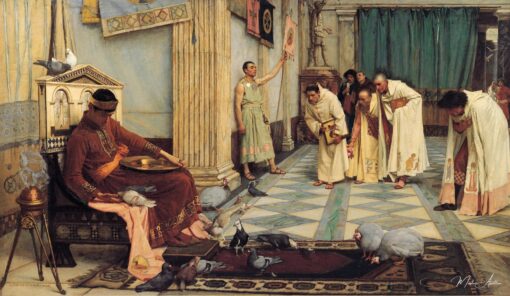
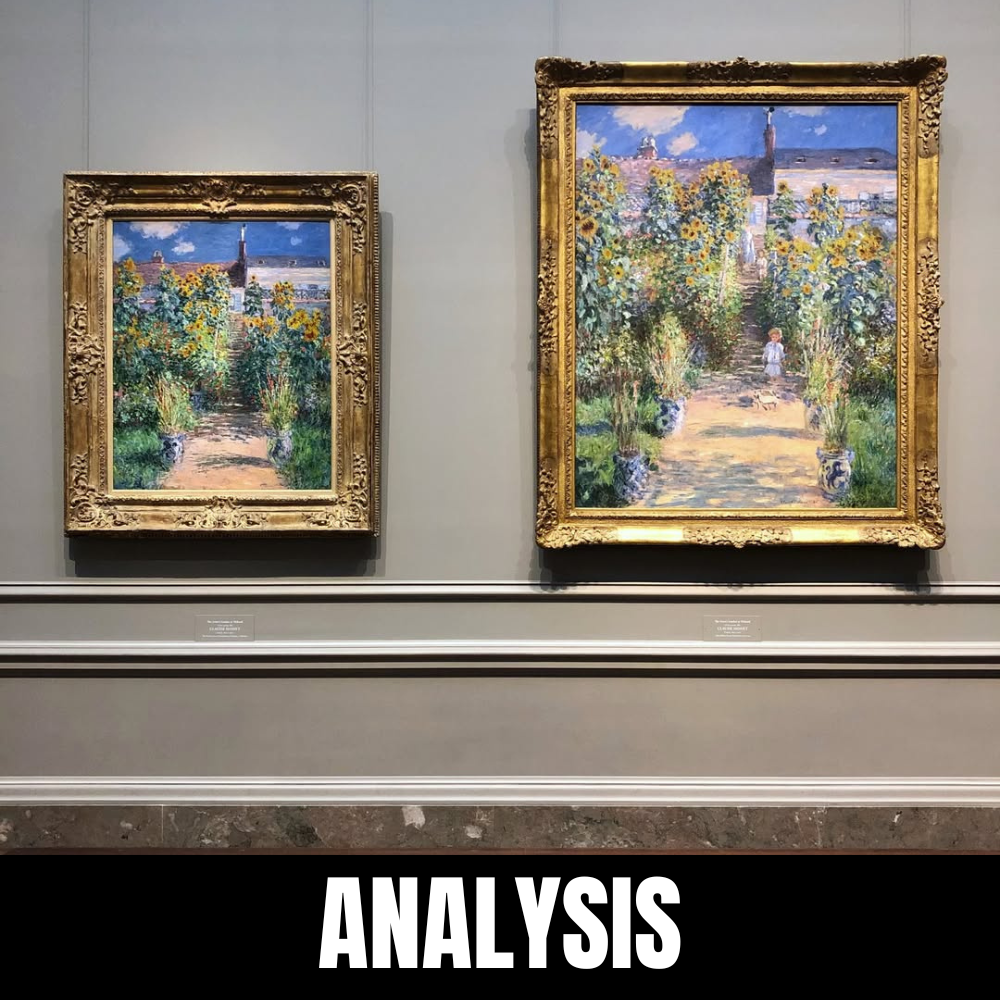
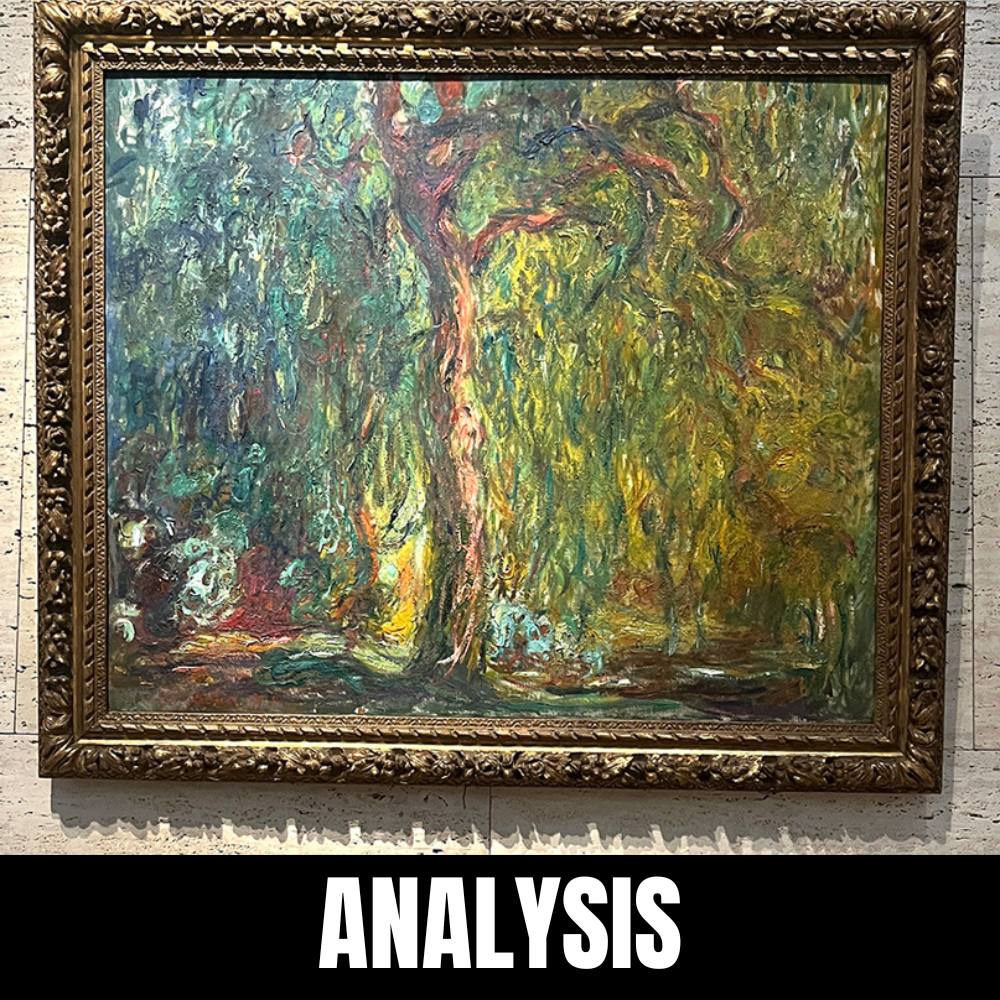
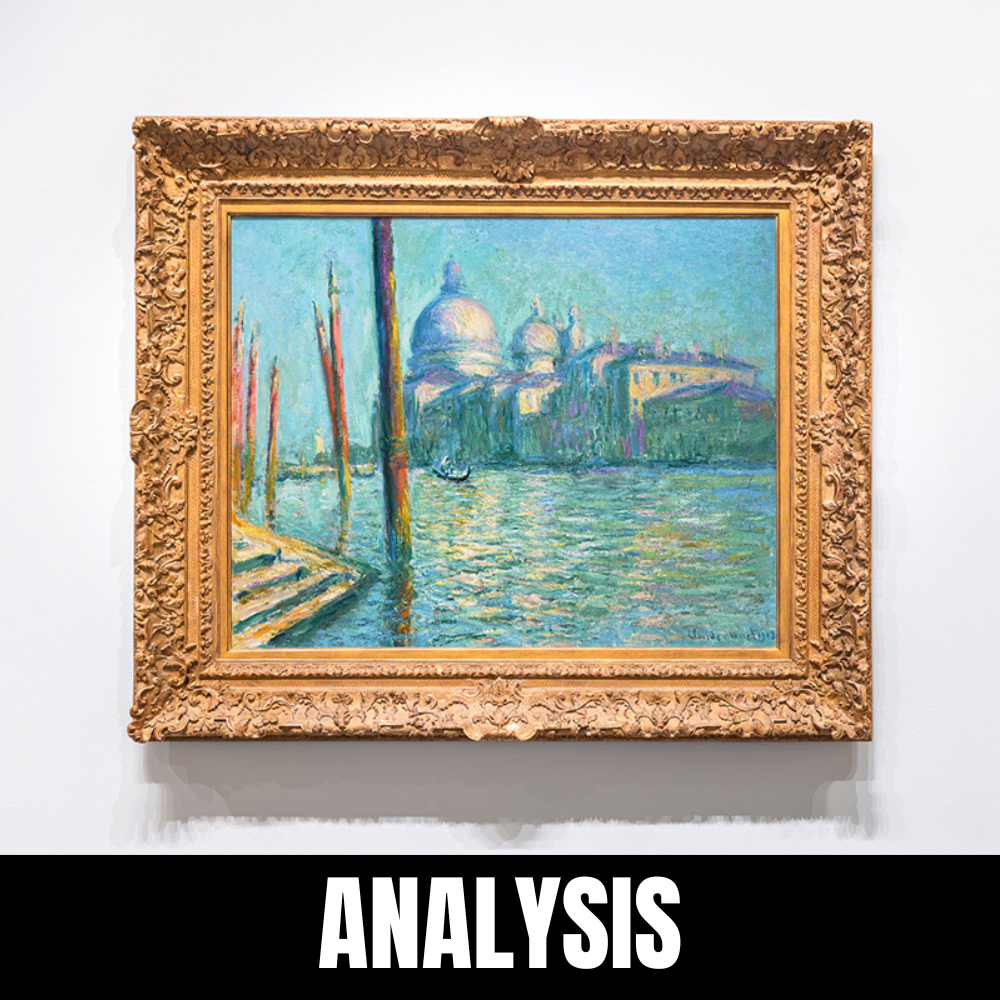
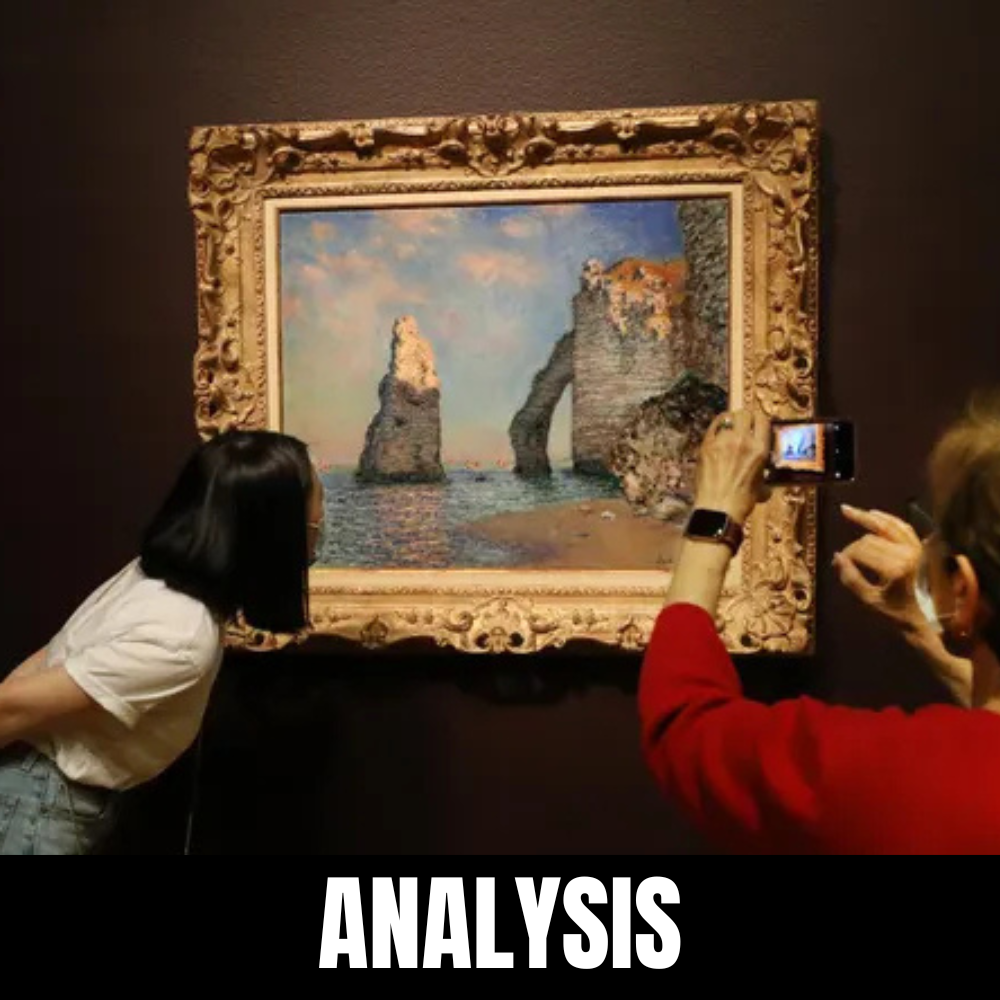
Leave a Reply